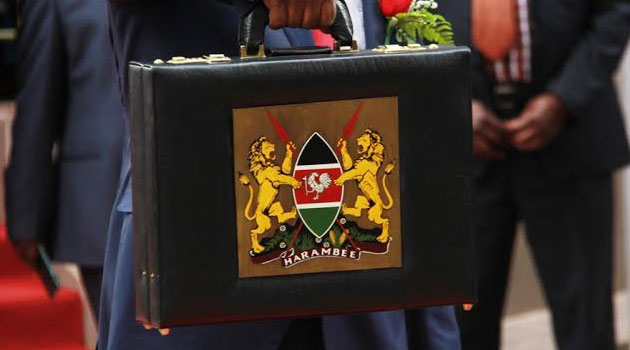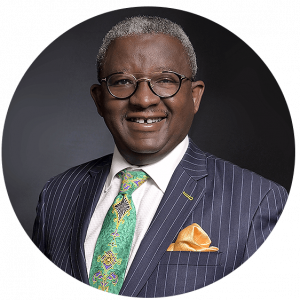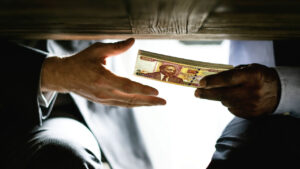A Hartlaub’s Turaco is a dazzling green bird with dark blue wings, a black tail and a matching black crown. Although these birds can be found in plenty in Mau Forest, I didn’t see any during the numerous times I flew over the forest to assess the extent of forest degradation. That’s because a bird’s eye view of the forest from above, doesn’t unveil forest details like a Turaco perched on a tree branch.
The Budget Statement that was presented by Treasury CS Njuguna Ndung’u provided us all with a bird’s eye view of a bold budget in the face of many tough choices. Predictably, the government’s revenue raising plans, have generated a heated national debate. However, there are many outstanding allocations in the budget that must not be lost in the ever-heated political ‘forest’ of Kenya.
Here is a bird’s eye panoramic view of these sectors:
Transforming the Micro, Small and Medium Enterprise (MSME) economy KES 10.6 billion; Housing and settlement KES 35.3 billion; Agriculture transformation and inclusive growth KES 49.9 billion; Affordable healthcare to all KES 141.2 billion and Digital superhighway and creative economy KES 15.1 billion; KES 332.8 billion; Manufacturing sector KES 26.9 billion; Infrastructure development KES 244.9 billion; Energy KES 62.3 billion.
Just like the perched dazzling Hartlaub’s Turaco can only be seen once you descend from the skies into the heart of the Mau Forest, the critical and impactful real-life interventions engendered by these budgetary allocations will only be realised through sustained accountability. For instance, the CS proposed an extension of VAT exemption on machinery and equipment purchased locally for use in the manufacture of pharmaceuticals. This will deliver a double win in boosting both local manufacturing and affordable healthcare. This twin win and its potential impact on millions isn’t necessarily evident through a quick scan of the figures.
Another win for local production is the introduction of excise duty on imported fish. This will protect the local fishery sector that is a major livelihood source for many Kenyans. It is however incumbent on the sector to ensure sustained affordable fishery supply.
Interestingly, budgets can also engender behavioral change that positively impact society. Almost every Kenyan knows someone whose life has been turned upside down because of sports betting and other forms of gambling. The budget seeks to tackle this crippling addiction by increasing excise duty rate on Betting, Gaming, Lottery and Prize Competition from the current 7.5% to 12.5%. I applaud this measure as it will play an important role in protecting our young people from slipping into the addictive behavior.
The budget also provided good news for Counties. The equitable share has increased from the KES 370 billion in the financial year 2022/23 to KES 385.4. If used accountably, the KES15 billion increment should make a real difference in the lives of ordinary Kenyans at the County level.
From a green standpoint, I celebrate the zero rating of LPG products. This is a move that organisations such as the Green Africa Foundation, which I chair, have been calling for, as a means of unlocking affordable clean energy for the millions of Kenyans who still depend on firewood and charcoal for cooking. Indeed, a whopping 84% of rural Kenyans use firewood for cooking.
On June 15th morning, a few hours before the budget was read, I was planting trees together with Australia’s High Commissioner to Kenya, Mr. Luke Williams. My reflections are that national budgets are, in a sense, akin to tree planting. The budget has planted the right seedlings in the right places. However, there are hundreds of thousands of people in those places who must now nurture those seedlings to maturity. These public officials, together with the private sector and civil society, must play their role to help us realise the real fruits of the budget’s good intentions in an accountable and competent manner. Think green act green!



